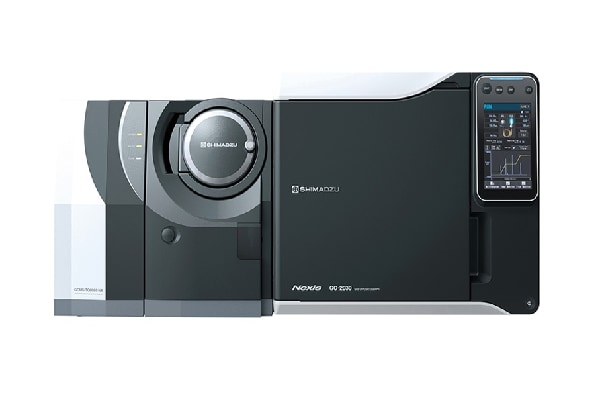
GCMS-TQ™8050 NX
・Simple Tandem SPE sample preparation for PAH extraction and clean-up from palm oil ・GC-MS/MS with MRM acquisition mode enables the detection of PAH in palm oil with high sensitivity and selectivity
Polycyclic Aromatic Hydrocarbons (PAH) are a group of organic compounds primarily formed from the incomplete combustion of organic materials. PAH are carcinogenic, teratogenic and mutagenic contaminants that are toxic to human health. They are highly stable and are present in environment and food. It was reported that food is one of the major sources of PAH exposure, including edible oils due to their lipophilic nature and high consumption. PAH may be introduced into edible oils from the environment and drying process during production. In 2002, Scientific Committee on Food (SCF) identified 15 PAH that might be regarded potentially as genotoxic and carcinogenic. In 2005, Joint FAO/WHO Expert Committee on Food Additives (JECFA) added an additional PAH to the list. This list is known as 15+1 EU Priority PAH. Out of this list, Commission Regulation (EU) No 835/2011 stipulated that the maximum limit of benzo[a]pyrene and the sum of (benzo[a]pyrene, benz[a]anthracene, benzo[b]fluoranthene and chrysene) in edible oil to be 2.0 μg/kg and 10.0 μg/kg, respectively. In this study, an MRM method using Shimadzu GCMS-TQ8050 NX was established and evaluated for qualitative and quantitative determination of 15+1 PAH in palm oil.
November 9, 2022 GMT
Some products may be updated to newer models